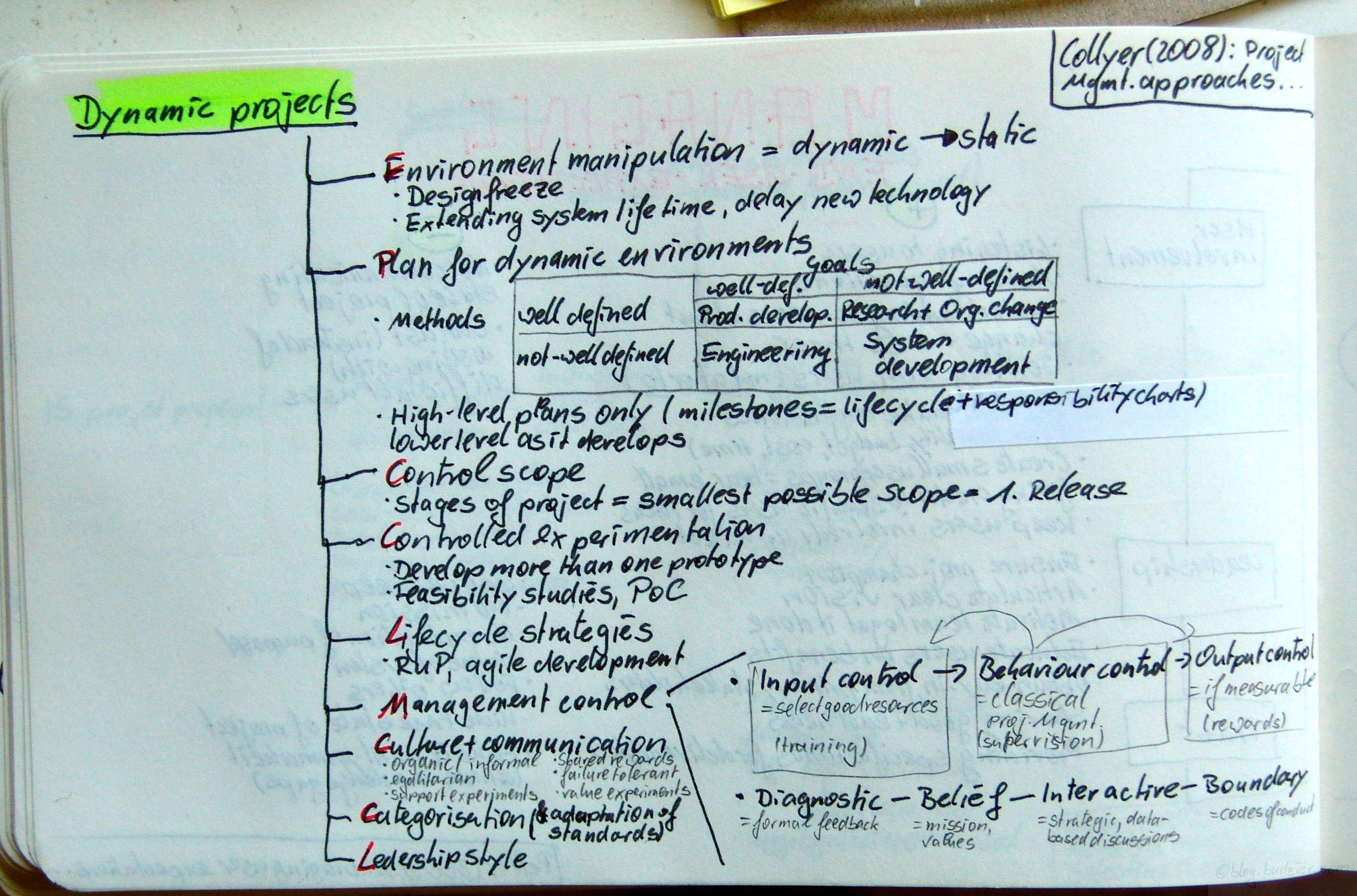Klakegg, Ole Jonny; Williams, Terry; Magnussen, Ole Morten; Glasspool, Helene: Governance Frameworks for Public Project Development and Estimation; in: Project Management Journal, Vol. 39 (2008), Supplement, pp. S27S42.
DOI: 10.1002/pmj.20058
Klakegg et al. compare different public governance frameworks, particularly the UK’s Ministry of Defense, UK’s Office of Government Commerce, and Norway’s framework. The authors find that „the frameworks have to be politically and administratively
well anchored. A case study particularly looking into cost and time illustrates how the framework influences the project through scrutiny. The analysis shows the governance frameworks are important in securing transparency and control and clarifies the role of sponsor“ (p. S27)
Their analysis starts with the question of „Who are governance relevant stakeholders?„. The authors show two different general approaches to public governance stakeholders – Shareholder Value Systems and Communitarian Systems. The Shareholder Value System is based on the principle that only shareholders are legitimate stakeholders – a system which is used in the US, UK, and Canada. On the other hand the Communitarian System is based on the idea that all impacted communities and persons are relevant stakeholders – a system typically found in Norway, Germany, and numerous other countries. A secondary line of thought is the difference between Western and Asian stakeholder ideas, whereas the Asian idea is underlining the concept of family and the Western idea is underlining the relationship concept.
To pin down the idea of public project governance the authors draw parallels to corporate governance with it’s chain of management ↔ board ↔ shareholder ↔ stakeholder. The APM defines project governance as the corporate governance that is related to projects with the aim that sustainable alternatives are choosen and delivered efficiently. Thus the authors define a governance framework as an organised structure, authoritive in organisation with processes and rules established to ensure the project meets its purpose.
The reviewed governance frameworks show interesting differences – for example in the control basis, reviewer roles, report formats, supporting organisation, and mode of initiation. The principles they are based on range from management of expectations, to establishing hurdles to cross, to making recommendations. Focus of the reviews can be the business case, outputs, inputs, or used methods.

